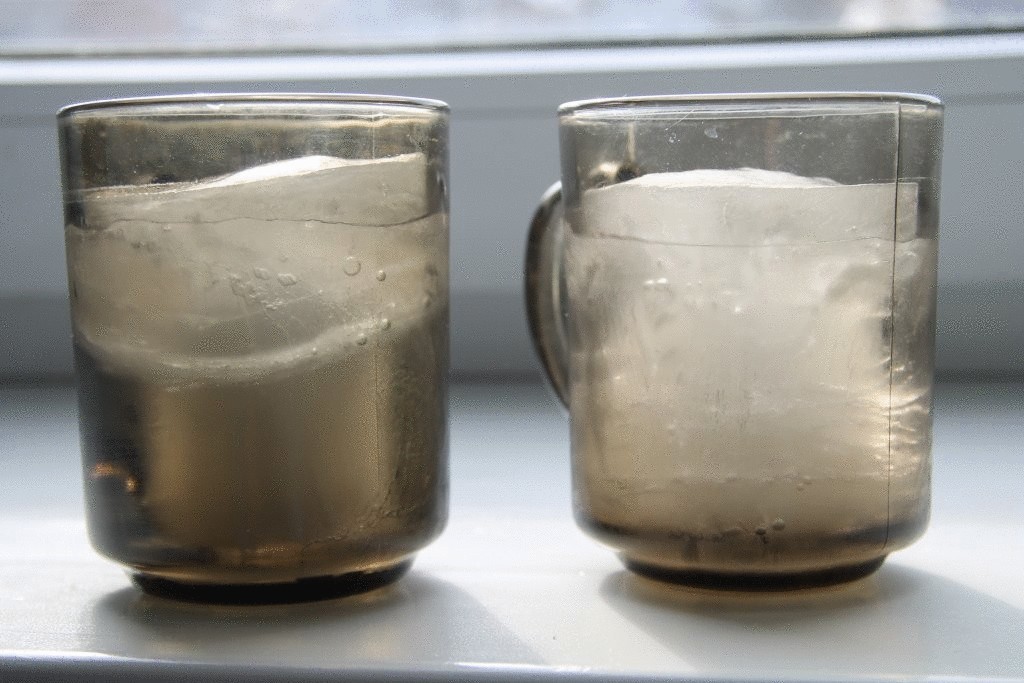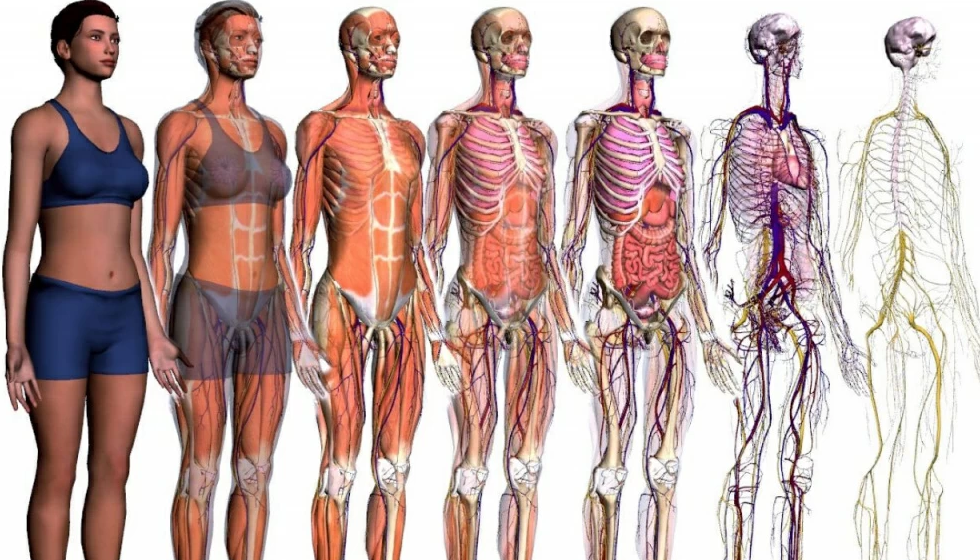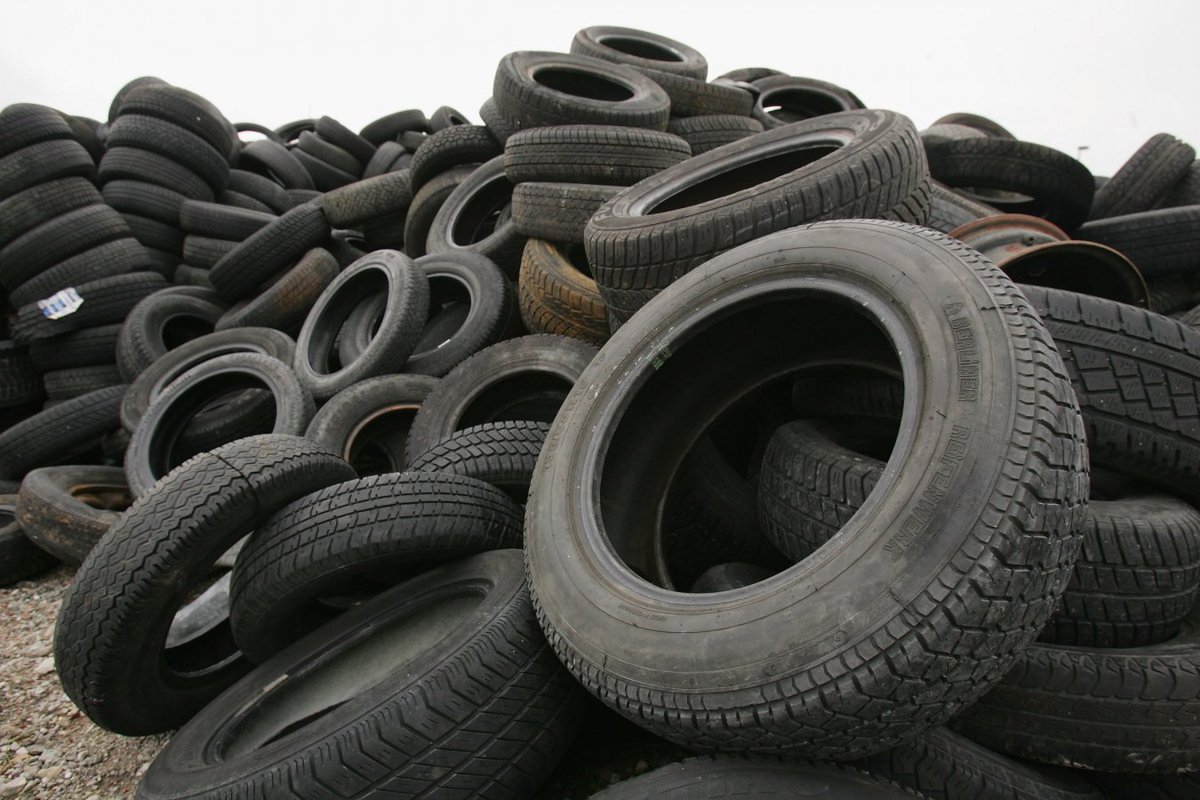From the mysterious world of subatomic particles to the mind-boggling scale of the universe, this journey will take you through some of the most fascinating and surprising aspects of chemistry. So, put on your lab coat and safety goggles, and let’s embark on a thrilling chemical adventure!
In the realm of chemistry, there exist 94 naturally occurring chemical elements, with more than 60 contributing to the composition of our bodies. While all these elements play essential roles, a mere six of them constitute a staggering 99% of our body’s composition: oxygen, carbon, hydrogen, nitrogen, calcium, and phosphorus.
Watch out for your smartphone’s notifications! Constant interruptions can change your brain’s chemistry, making you feel anxious and distracted. Notifications can trigger the release of cortisol, a stress hormone, leading to tense muscles, an increased heart rate, and sweaty palms.

Believe it or not, your body contains enough graphite to produce approximately 9,000 pencils. Yep, You’re a walking pencil factory!
Human skin harbors proteins that function as a waterproof barrier, ensuring the retention of bodily fluids and preventing excessive water loss. This feature simultaneously limits our ability to absorb water from the external environment.
Wood ants are more than just busy workers—they’re chemists too! They synthesize an antibiotic substance using tree resin and formic acid to protect the health of their colony. This behavior represents a highly advanced act of evolutionary pharmacology in the animal kingdom.

In contrast, frogs, with their remarkable skin, possess the ability to absorb moisture directly from the air, eliminating their need to drink water.
Warm Water Freezes Faster: Contrary to common intuition, water freezes faster when it is warm rather than cold. This phenomenon is known as the Mpemba effect, named after Tanzanian student Erasto Mpemba, who observed it in the 1960s.

Dartmouth chemistry professor Karen Wetterhahn spilled 1 or 2 droplets of dimethylmercury on her gloved hand while working in a lab. Less than a year later she was dead from poisoning.
The composition of the human body undergoes changes over time. At birth, we consist of nearly 80% water, which gradually decreases to approximately 60% in adulthood. This dynamic water content reflects the developmental stages of the human body.

Marie Curie, the groundbreaking scientist, was not only the first woman to win Nobel Prizes in both physics and chemistry but also faced significant exposure to radiation during her research. Even a century later, her notebooks remain highly radioactive and are stored in lead-lined boxes due to the hazards they pose.
While rubber tires may appear to be composed of many different molecules due to their size and complexity, they are actually made up of a single, enormous chain of polymers, effectively constituting one large molecule.

The most prevalent category of elements on the periodic table consists of metals. Curiously, gold and copper are the only two exceptions to this rule, as they do not possess the characteristic silvery appearance typical of most metals.
Dmitri Mendeleev is widely recognized as the founding figure behind the periodic table. In his role as a professor at St. Petersburg State University, Mendeleev faced the task of providing descriptions for all known chemical elements within a limited timeframe. To expedite this process, he compiled a comprehensive dataset of atomic weights, resulting in the periodic table’s organization by atomic weight.

